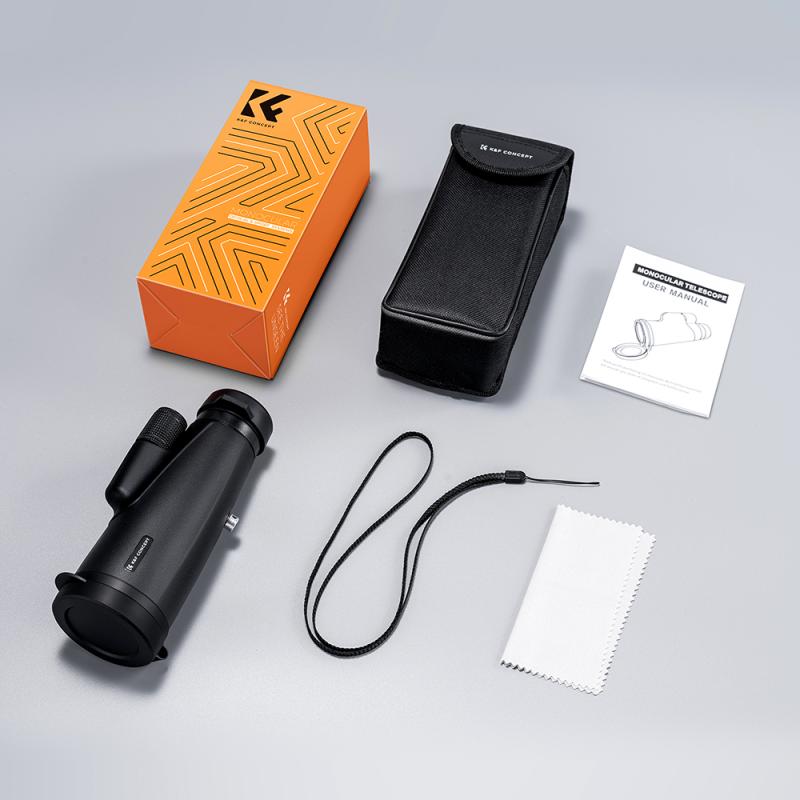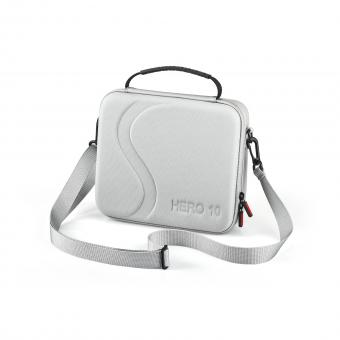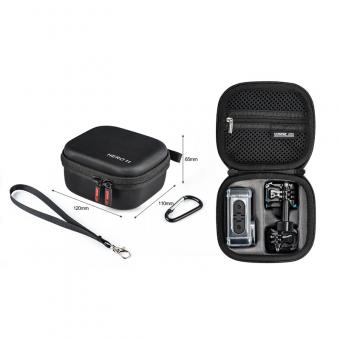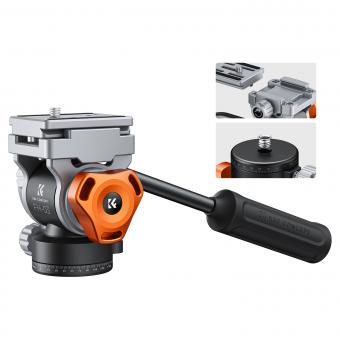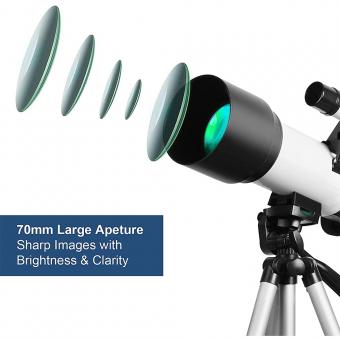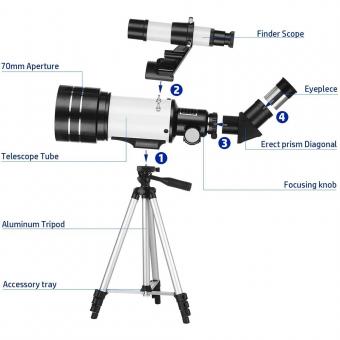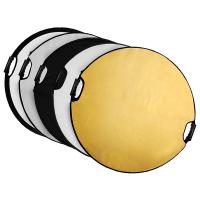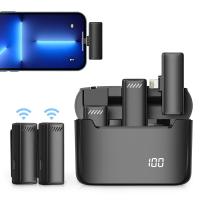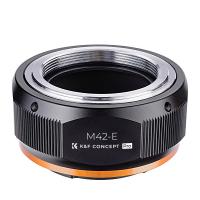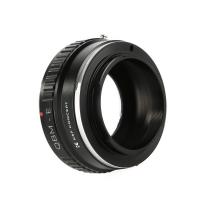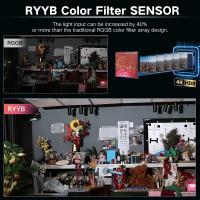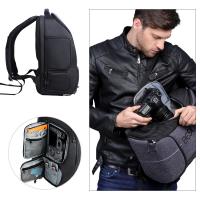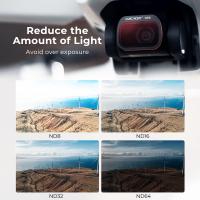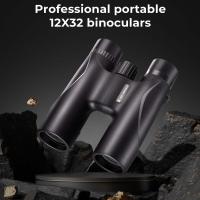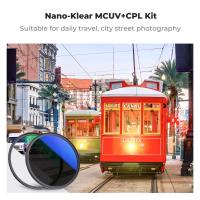How To Use A Small Telescope ?
To use a small telescope, first, find a location with a clear view of the sky. Set up the telescope on a stable surface and adjust the tripod legs to ensure it is level. Next, attach the eyepiece to the telescope and adjust the focus until the image is clear. Use the finder scope to locate objects in the sky and then adjust the telescope to center the object in the eyepiece. Experiment with different eyepieces to achieve different magnifications. Finally, be patient and take your time to explore the night sky.
1、 Telescope Basics
How to use a small telescope:
1. Set up the telescope: Find a stable surface to place the telescope on and make sure it is level. Attach the eyepiece and any other accessories.
2. Align the finder scope: Use the finder scope to locate an object in the sky. Adjust the finder scope until the object is centered in the crosshairs.
3. Focus the telescope: Use the focus knob to adjust the focus until the object appears clear and sharp.
4. Explore the sky: Use the telescope to explore the night sky. Look for planets, stars, and other celestial objects.
5. Keep the telescope clean: Use a soft cloth to clean the lenses and mirrors of the telescope. Avoid touching the lenses or mirrors with your fingers.
6. Store the telescope properly: When not in use, store the telescope in a dry, cool place. Cover it with a dust cover to protect it from dust and debris.
The latest point of view on using a small telescope is that it can be a great tool for amateur astronomers to explore the night sky. With advances in technology, small telescopes are becoming more affordable and easier to use. They can provide a great introduction to astronomy and allow people to see the wonders of the universe up close. However, it is important to remember that a small telescope has limitations and may not be able to see all celestial objects. It is also important to have realistic expectations and not expect to see the same level of detail as professional telescopes. Overall, using a small telescope can be a fun and rewarding experience for anyone interested in astronomy.
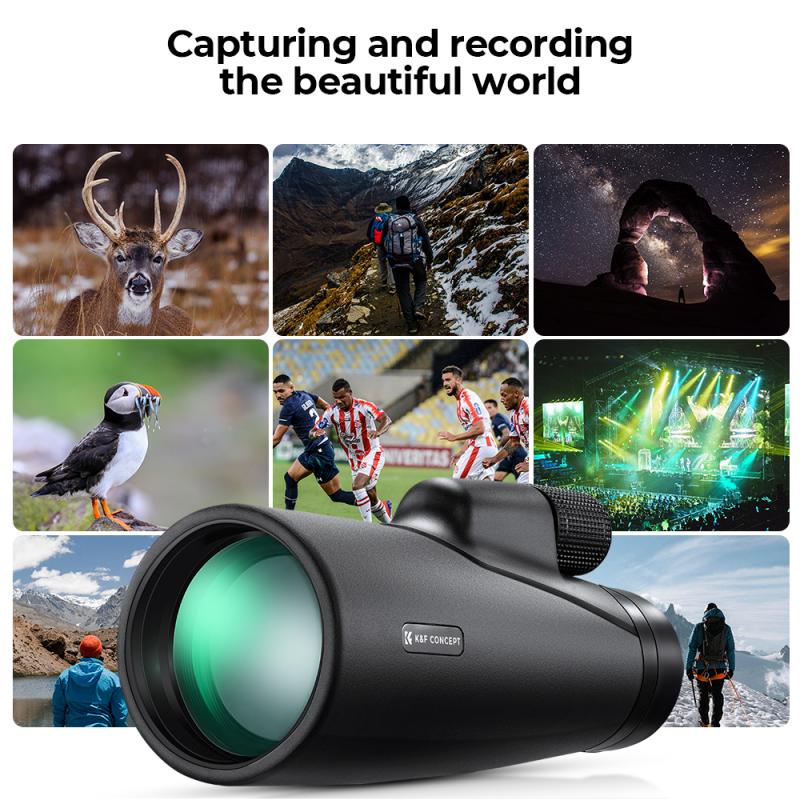
2、 Telescope Mounts and Tripods
How to Use a Small Telescope with Telescope Mounts and Tripods
Using a small telescope can be a fun and rewarding experience, but it's important to have the right equipment to get the most out of your viewing. One essential piece of equipment is a telescope mount and tripod. These tools help stabilize your telescope and allow you to adjust its position easily.
To use a small telescope with a mount and tripod, first, set up the tripod on a level surface. Then, attach the mount to the tripod and secure it in place. Next, attach your telescope to the mount using the appropriate mounting hardware. Once your telescope is securely attached, you can adjust its position using the mount's controls.
When using a small telescope, it's important to keep in mind that the quality of your viewing experience will depend on a variety of factors, including the quality of your telescope, the clarity of the sky, and your own level of experience. To get the most out of your viewing, it's important to take the time to learn about your telescope and its capabilities, as well as to practice using it in different conditions.
In recent years, there have been many advances in telescope technology, including the development of computerized mounts and tripods that can automatically track celestial objects as they move across the sky. These tools can be especially helpful for beginners who are still learning how to use a telescope, as they can help simplify the process of finding and tracking objects in the night sky.
Overall, using a small telescope with a mount and tripod can be a fun and rewarding experience, but it's important to have the right equipment and to take the time to learn how to use it properly. With practice and patience, you can enjoy stunning views of the cosmos and deepen your understanding of the universe around us.
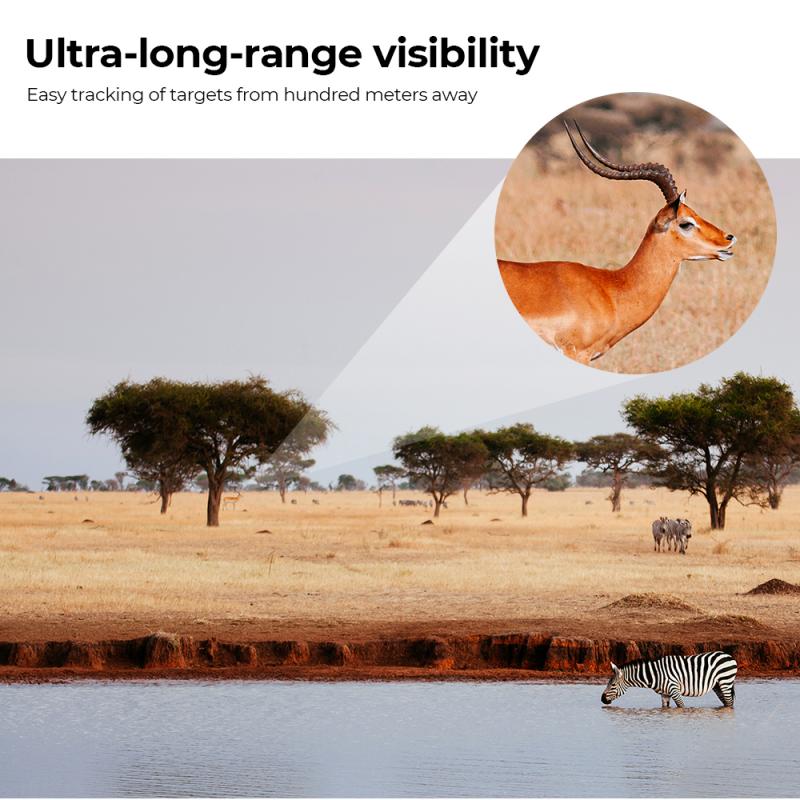
3、 Telescope Eyepieces and Accessories
Using a small telescope can be a great way to explore the night sky and observe celestial objects. To get started, you will need to set up your telescope and familiarize yourself with its features. Begin by assembling the tripod and mounting the telescope on it. Next, attach the eyepiece to the telescope and adjust the focus until the image is clear.
When observing with a small telescope, it is important to use the right eyepiece for the object you are observing. Eyepieces come in different magnifications, and using the wrong one can result in a blurry or distorted image. Additionally, using filters can enhance your viewing experience by reducing glare and improving contrast.
To find objects in the night sky, use a star chart or astronomy app to locate the object's position. Once you have found it, adjust the focus and magnification to get a clear view. Be patient and take your time to observe the object, as it may take a few minutes for your eyes to adjust to the darkness.
It is also important to take care of your telescope and keep it clean. Store it in a dry, cool place and cover it when not in use to protect it from dust and debris. Regularly clean the lenses and mirrors with a soft cloth or brush to ensure optimal viewing.
In recent years, there has been a growing trend towards using smartphone adapters to capture images and videos of celestial objects through small telescopes. This can be a fun and rewarding way to share your observations with others and document your own progress as an amateur astronomer.
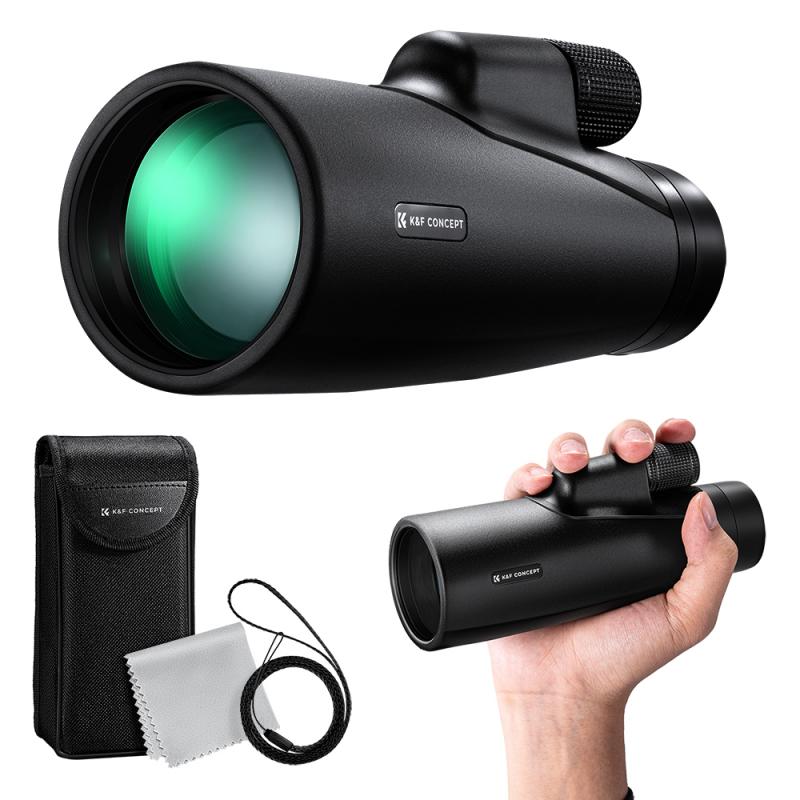
4、 Observing Techniques and Tips
Observing Techniques and Tips:
Using a small telescope can be a great way to explore the night sky and observe celestial objects. Here are some tips and techniques to help you get the most out of your small telescope:
1. Choose the right location: Find a dark location away from city lights and other sources of light pollution. This will help you see more stars and other celestial objects.
2. Use a star chart: A star chart can help you identify stars and other objects in the night sky. You can find star charts online or in astronomy books.
3. Start with the moon: The moon is a great object to observe with a small telescope. You can see craters, mountains, and other features on the moon's surface.
4. Observe planets: Planets like Jupiter, Saturn, and Mars are also great objects to observe with a small telescope. You can see their moons and other features.
5. Use the right eyepiece: The eyepiece you use can make a big difference in what you see. A lower magnification eyepiece will give you a wider field of view, while a higher magnification eyepiece will make objects appear closer.
6. Be patient: Observing with a small telescope can take some time and patience. Objects may be faint and difficult to see, so take your time and be persistent.
7. Keep your telescope clean: Dust and dirt can accumulate on your telescope's lenses and mirrors, which can affect your view. Keep your telescope clean and well-maintained.
In addition to these tips, it's important to remember that observing with a small telescope can be a rewarding and enjoyable experience. With practice and patience, you can explore the wonders of the night sky and discover new objects and phenomena.
